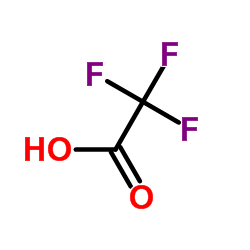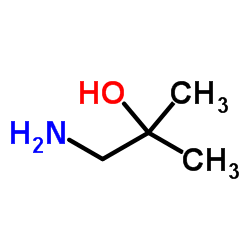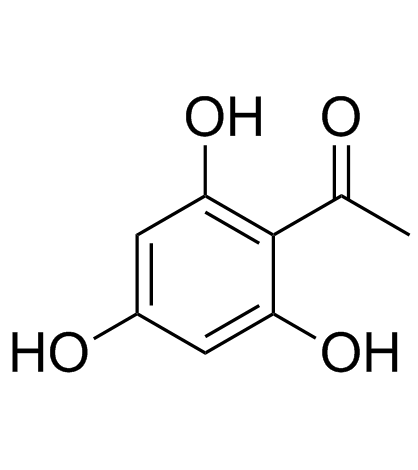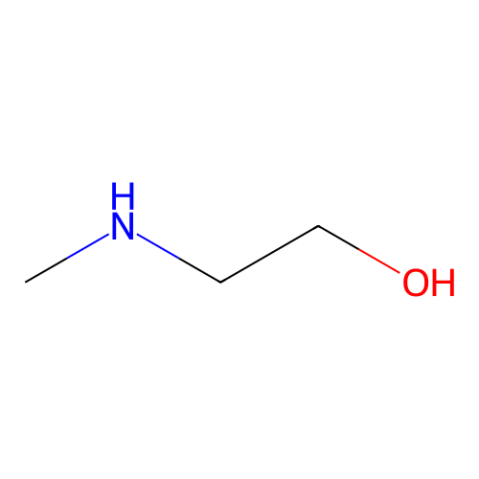| Structure | Name/CAS No. | Articles |
|---|---|---|
 |
Methanol
CAS:67-56-1 |
|
 |
Potassium
CAS:7440-09-7 |
|
 |
Formic Acid
CAS:64-18-6 |
|
 |
potassium hydride
CAS:7693-26-7 |
|
 |
trifluoroacetic acid
CAS:76-05-1 |
|
 |
1-Amino-2-methylpropan-2-ol
CAS:2854-16-2 |
|
 |
2',4',6'-Trihydroxyacetophenone Monohydrate
CAS:480-66-0 |
|
 |
2-Methylaminoethanol
CAS:109-83-1 |